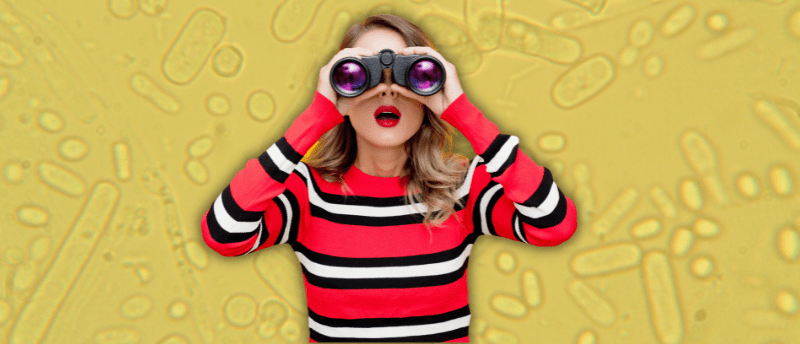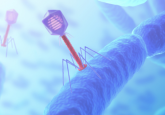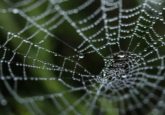Hiding in plain sight: new insights into one of the world’s oldest and smallest bacteria

A large-scale genome study reveals the behaviors of Omnitrophota, one of the smallest organisms we know.
Bacteria are everywhere, surviving in the most extreme environments like volcanic craters and living in oceans, in soil and even inside other organisms. These tiny organisms may be nearly invisible, but they are involved in almost every aspect of life on Earth. Despite their abundance all over the world, we know surprisingly little about many of the microorganisms that have existed for billions of years.
Omnitrophota are a lineage of nano-sized bacteria, which was first discovered just 25 years ago based on short fragments of their DNA. Other than their existence, little else has been revealed about these inconspicuous bacteria. Omnitrophota are largely considered to be microbial dark matter, meaning they do exist in nature but cannot be cultivated as a single species in a lab just yet, making them difficult to study. Until recently, only two species had been microscopically observed.
“Our goal was to finally drag this lineage out of the dark,” said Cale Seymour (University of Nevada; NV, USA), the lead author of a study producing the first large-scale analysis of Omnitrophota.
 Deinococcus radiodurans: A bacterium that might live on Mars and is more metal than you
Deinococcus radiodurans: A bacterium that might live on Mars and is more metal than you
The bacteria Deinococcus radiodurans could survive up to 280 million years when buried 10 meters below the surface of Mars.
This study involved an international collaboration of researchers who compared 349 existing Omnitrophota genomes and 72 newly mapped Omnitrophota genomes to create a comprehensive overview of their biology. They reviewed publicly available data and analyzed new samples that were collected from several places around the world including geothermal environments, freshwater lakes, wastewater, groundwater and springs.
“We now have the most comprehensive view to date of the biology of an entire phylum of microorganisms and the surprising role they play in the Earth’s ecosystems,” commented Brian Hedlund (University of Nevada), the study’s corresponding author. “There is a finite number of major lineages of life on our planet, and it’s exciting to learn more about organisms that pre-date plants and animals and have been essentially hidden under our noses.”
The team used fluorescence-activated cell sorting and differential size filtration and found that Omnitrophota are ultrasmall, mostly less than 450 nm, making them one of the smallest organisms we know of. Additionally, they found that Omnitrophota display genetic markers that are consistent with symbiosis, either as predators or parasites of other microorganisms, suggesting they have high metabolic rates. This was supported by their isotope uptake, measured as a proxy for metabolic activity, which was hyperactive.
Seymour explained, “the more we learn about their energy conservation pathways and possible lifestyles, the closer we get to our goal of cultivating them in the lab and bringing them into the light.”





